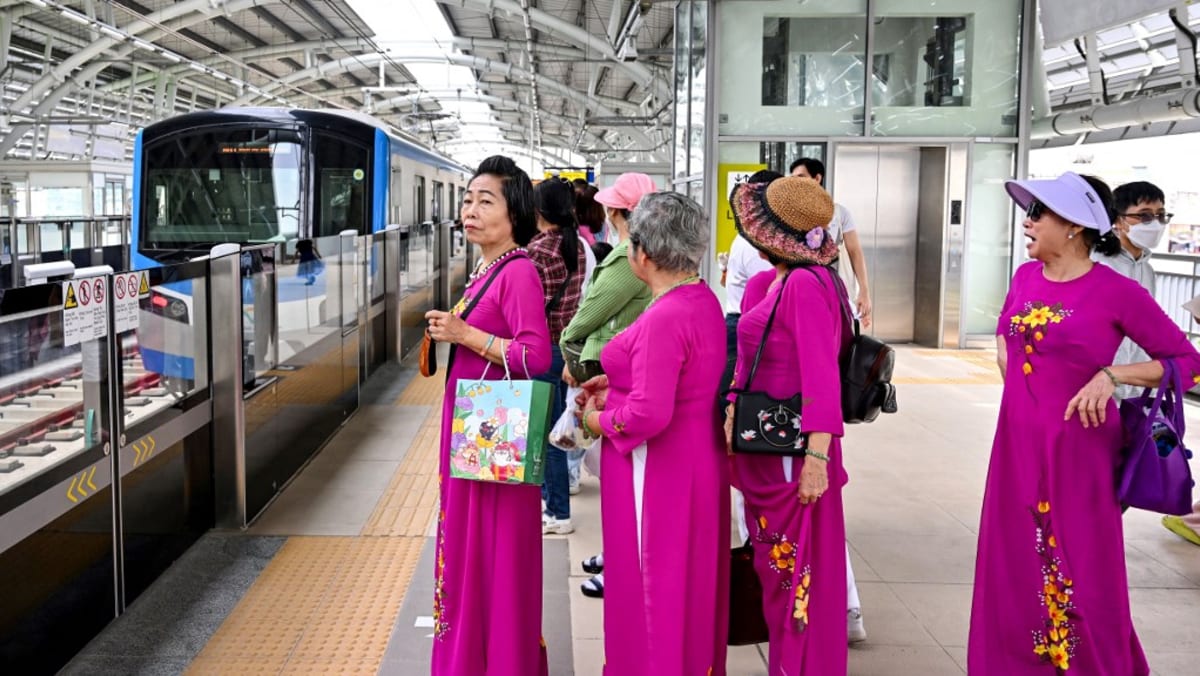Western critics accuse China of using the BRI to enmesh developing nations in unsustainable debt to exert diplomatic leverage over them or even seize their assets.
But a chorus of leaders – as well as research by leading global think tanks like London’s Chatham House – have refuted the “debt trap” theory.
In December 2017, unable to repay a huge Chinese loan, Sri Lanka handed its Hambantota port in the south of the island to a Beijing company on a 99-year lease for US$1.12 billion.
And the country defaulted on its foreign borrowings in 2022 during a crisis that caused months of food, fuel and medicine shortages.
China is the nation’s largest bilateral creditor, its loans accounting for US$4.66 billion of the US$10.58 billion that Sri Lanka has borrowed from other countries.
Last year, the International Monetary Fund – the international lender of last resort – approved a US$2.9 billion bailout loan for Sri Lanka. Beijing also agreed to restructure its loans to the country.
And this month, Sri Lanka secured a deal with international bondholders to finalise a prolonged debt restructuring.













